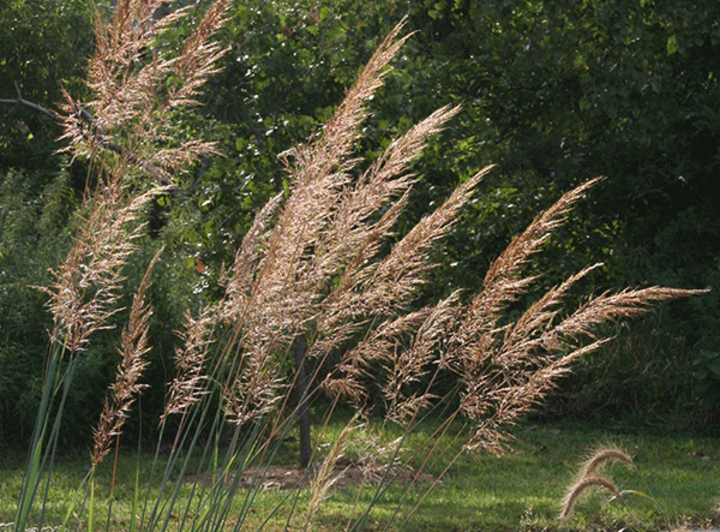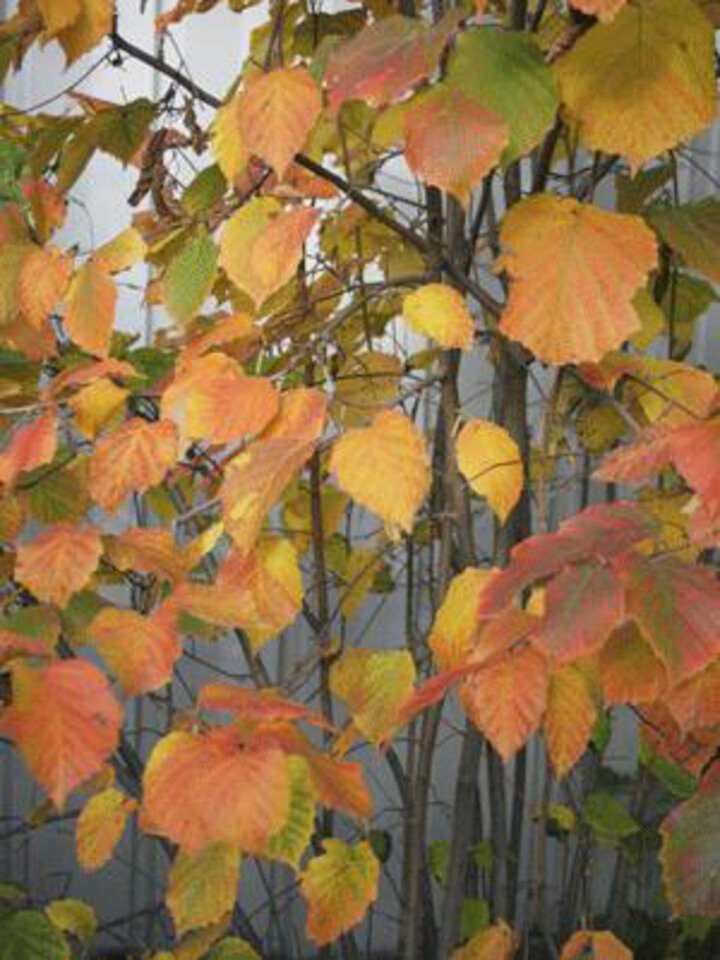

How-to Info
The following resources offer information on planning, installing, and maintaining your riparian buffer:
- Planning Your Riparian Buffer: Design and Plant Selection (G1557)
- Installing Your Riparian Buffer: Tree and Grass Planting, Postplanting Care and Maintenance (G1558)
- Installing and Maintaining Your Riparian Buffer (DVD227), a companion DVD, $15
- Conservation Buffers to Reduce Pesticide Losses, an NRCS publication (PDF)
Buffer strips are an important conservation tool and often the last line of defense in reducing the runoff of pesticides, fertilizers, and sediment from fields into waterways. They also can be wildlife habitats and, if they qualify for funding assistance, sources of income. They may qualify for funding assistance from the Nebraska Department of Agriculture‘s Buffer Strip Program and/or USDA CRP program. (See NDA Funding Available to Install, Renew Buffer Strips.)
If you’re interested in planting a buffer strip, consider the following planting recommendations.
Plant buffers with taller stiff-stemmed species such as deep-rooted native grasses that can slow the flow of water, provide better water infiltration into the soil, trap sediment, and protect surface water quality.
Plantings should mirror native species in your area. In eastern Nebraska tall, native prairie grasses perform well; in western Nebraska, short native prairie grasses do well. While it may seem counter intuitive, the smooth brome grass that is often planted in waterways is not a good choice for buffer strips. It tends to lie flat under rushing water, reducing filtering and infiltration during periods of heavy rain.
Examples of warm-season native tall grasses for eastern Nebraska include: switchgrass, big bluestem, Indiangrass or a mixture of these with side oats grama and little bluestem. Cool-season options include western wheat grass, often used with Canadian or Virginia Rye; however, Canadian rye has barbed grass awns on the seed heads that recently have been associated with infections in sporting dogs.
Warm-season grass species well suited to buffer strips in central and west-central Nebraska include big bluestem, little bluestem, switchgrass, side oats grama, and especially when planning for wildlife habitat, some taller grasses and some broadleaf forbs like clover or alfalfa.
In the Nebraska Panhandle, many of the tall native warm-season grasses may work as well, particularly if the buffer site is likely to have additional water run in. For other sites, warm-season grasses such as little bluestem and sideoats grama have potential and cool-season species including western wheatgrass, intermediate wheatgrass, or crested wheatgrass.
Native grasses can take a while to establish, but once established, they perform well in buffer strips. To help ensure a strong start, use an at-planting or early-post burndown application of Plateau herbicide or its generic product. It could be applied at seeding to keep many grassy and broadleaf weeds out of the mix. Follow label directions carefully as there are use restrictions on some grasses. Plateau is available through local government agencies only and is widely used to establish CRP grasses.
Maintenance
Once established, buffer strips must be maintained to keep their effectiveness. They should be inspected once a year or after a severe storm to check for sediment deposits, erosion, or if a concentrated flow area starts to develop. Make repairs and reseed if necessary in critical areas.
Further information on post-planting care and long-term maintenance of buffer strips is available in the Nebraska Extension NebGuide, Installing your Riparian Buffer: Tree and Grass Planting, Postplanting Care and Maintenance.
